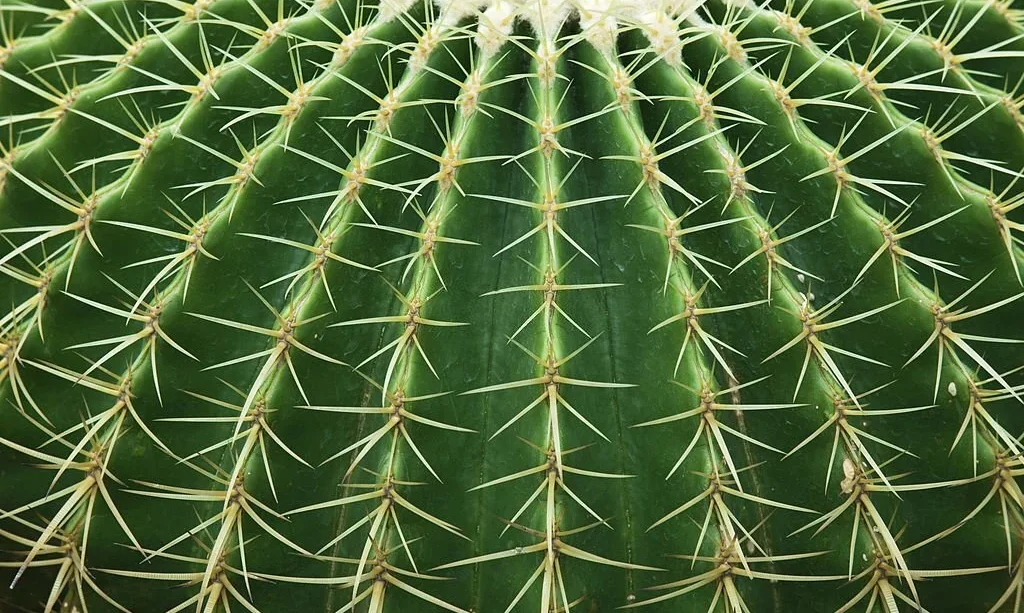Have you ever wondered why cacti are covered in thorns? These prickly plants have a fascinating story to tell! In this guide, we will explore the reasons behind cacti’s thorny nature and discover how these features contribute to their survival in harsh environments. So, let’s dive in and unravel the mysteries of these spiky wonders!
Cacti
Cacti are unique plants that have adapted to thrive in arid regions, like deserts. They come in various shapes and sizes, from small round globes to towering columnar forms. One striking feature that sets cacti apart is their ability to store water in their fleshy stems. Unlike most plants, cacti have minimized their leaves to reduce water loss, as leaves are usually the main source of evaporation. Instead, cacti rely on their thick, succulent stems to store water and carry out essential functions.
Now that we have a basic understanding of cacti, let’s explore why they have those thorns and what purpose they serve.
Purpose of Thorns in Cacti
Why do cacti have thorns? Well, those thorns are not just for looks! They actually serve some important purposes:
- Defense against herbivores: Cacti live in harsh environments where food can be scarce. Their thorns act as a natural defense mechanism against hungry animals looking for a snack. The sharp and prickly thorns deter herbivores from munching on the cactus, protecting it from being eaten.
- Protection against water loss: Cacti have to be smart about conserving water, as they live in dry and arid regions. The thorns on their stems help reduce water loss by creating a barrier. They decrease the surface area exposed to the hot desert air, minimizing water loss through a process called transpiration.
- Shielding from intense sunlight: In the scorching desert sun, cacti need some shade too! The thorns on their surface provide some shade, casting small shadows that protect the cactus body from direct sunlight. This shade helps prevent sunburn and damage from intense UV rays.
Types and Functions of Cactus Thorns
Not all cactus thorns are the same! Different types of thorns serve various functions to aid in the survival of these resilient plants:
- Spines: Spines are long, needle-like structures that we often associate with cacti. They are the most common type of cactus thorn. Spines help deter animals and create a protective barrier around the cactus, making it difficult for predators to get too close.
- Glochids: Some cacti, like the prickly pear cactus, have tiny hair-like structures called glochids. These glochids detach easily and can cause irritation if they come into contact with the skin. They act as an extra layer of defense, deterring animals from getting too close to the cactus and protecting it from potential harm.
So, those thorns on cacti are not just there to look pretty or cause trouble for curious hikers. They serve vital functions, defending the cactus from hungry animals, reducing water loss, and providing much-needed shade. Let’s continue exploring the amazing adaptations of cacti and the ways they thrive in harsh desert environments!
Adaptations for Survival in Arid Environments
Cacti have developed remarkable adaptations to survive in dry and arid environments. Let’s take a closer look at some of their amazing survival strategies:
- Reduced leaf surface: Unlike many plants that have large and leafy structures, cacti have minimized their leaf surface area. This adaptation helps reduce water loss through evaporation, allowing them to conserve precious moisture in their harsh habitats.
- Water storage capacity: Cacti have thick, fleshy stems that act as natural water reservoirs. These stems can store and hold water for long periods, enabling cacti to withstand droughts and survive in regions where water is scarce.
- CAM photosynthesis: Cacti utilize a special type of photosynthesis called Crassulacean Acid Metabolism (CAM). Unlike most plants that open their stomata during the day, cacti open their stomata at night to minimize water loss from evaporation. They absorb carbon dioxide and store it as malic acid during the night, converting it into energy during the day.
Appreciating Cacti and Their Thorny Defenses
Cacti are truly fascinating plants, and their thorny defenses play a crucial role in their survival. We should appreciate and respect these unique adaptations. Here are some reasons to admire cacti and their thorny defenses:
- Resilience in harsh conditions: Cacti have mastered the art of survival in extreme environments. Their ability to thrive in dry and arid regions showcases their remarkable resilience and adaptability.
- Beauty in diversity: Cacti come in a wide variety of shapes, sizes, and colors. From tall saguaros to prickly pears, they add a touch of natural beauty to the arid landscapes they call home.
- Environmental importance: Cacti play a vital role in their ecosystems. They provide shelter and food for various desert animals, including birds, insects, and rodents. By protecting themselves with thorns, cacti also indirectly protect other organisms that rely on them for survival.
Conclusion
Cacti and their thorny defenses are a marvel of nature. Their thorns serve as protective shields, helping them ward off hungry animals, conserve water, and withstand the harsh desert sun. Through reduced leaf surface, water storage capacity, and specialized photosynthesis, cacti have adapted to thrive in arid environments.
As we explore and appreciate these remarkable plants, let’s also remember to respect their natural habitats and ecosystems. Cacti are a testament to the beauty and resilience of nature, and their thorny defenses are just one of the many awe-inspiring adaptations that make them unique. So, the next time you encounter a cactus, take a moment to admire its thorny armor and the incredible story it tells about survival in challenging conditions.




